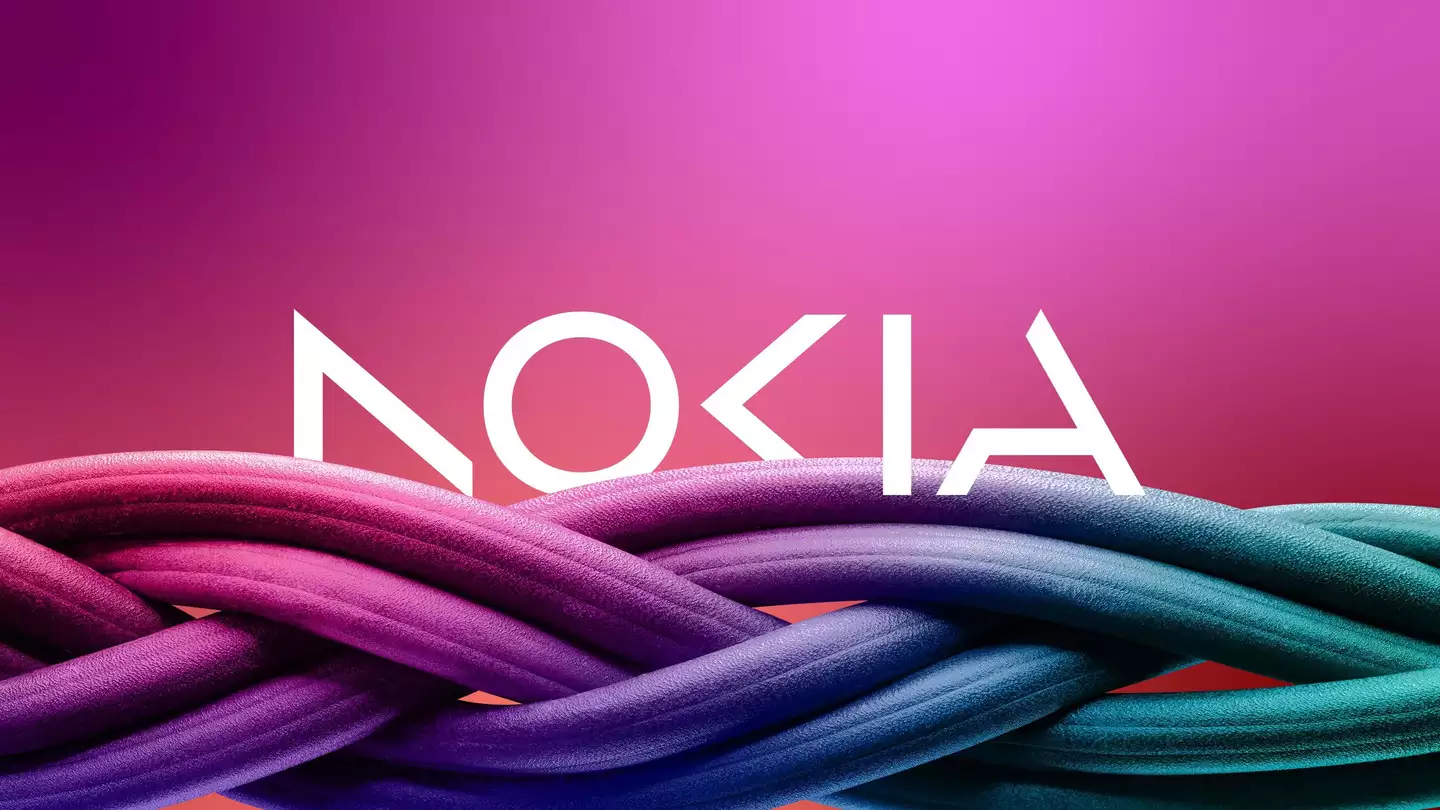A robot from Boston-based AI-focused company Perceptive has successfully completed what it describes as the “world’s first” fully automated dental procedure on a human.
The machine, which has a robotic arm, completed the operation with technology that featured 3D volumetric imaging and artificial intelligence.
The procedure began with an optical coherence technology (OCT) scan of the patient’s teeth and mouth using Perceptive's handheld intraoral scanner.
The scanner can capture 3D images beneath the gum line, through fluids and under the tooth surface, allowing patients to fully visualise their dental conditions.
The system then used Perceptive’s AI algorithms to analyse the 3D data and plan the procedure.
After the initial treatment, which took place in Barranquilla, Colombia, the tech firm is now looking to expand the range of its dental procedures, focusing more on precise and efficient dental operations such as fillings and crowns.
The firm added that in the future it will aim to complete crown placements in just 15 minutes.
“This medical breakthrough enhances precision and efficiency of dental procedures, and democratiszes access to better dental care, for improved patient experience and clinical outcomes,” said chief executive Dr. Chris Ciriello.
Perceptive has raised $30 million in funding to date, with leading investors including PDS Health, Dr. Ed Zuckerberg, Innospark Ventures, KdT Ventures, Primavera Capital, Plaisance Capital, Y Combinator, and others.
“The robotics system has been designed and rigorously tested to ensure that dentists can perform treatments safely, even in conditions where patient movement is prevalent,” said Dr. Edward Zuckerberg, the Facebook founder’s father.
The prototype is not currently on sale and does not have clearance from the American regulator, the Food and Drug Administration (FDA).
Latest News
-
The top technology trends to expect in 2026
-
The most read National Technology News stories of 2025
-
Lyft and Uber sign deals with Baidu for robotaxi trial in London
-
Nextdoor launches AI-driven self-serve ads platform for small businesses
-
Italy's antitrust fines Apple €98.6m over alleged App Store dominance
-
Visa partners with UAE real estate firm to launch voice-enabled agentic commerce payments
The future-ready CFO: Driving strategic growth and innovation
This National Technology News webinar sponsored by Sage will explore how CFOs can leverage their unique blend of financial acumen, technological savvy, and strategic mindset to foster cross-functional collaboration and shape overall company direction. Attendees will gain insights into breaking down operational silos, aligning goals across departments like IT, operations, HR, and marketing, and utilising technology to enable real-time data sharing and visibility.
The corporate roadmap to payment excellence: Keeping pace with emerging trends to maximise growth opportunities
In today's rapidly evolving finance and accounting landscape, one of the biggest challenges organisations face is attracting and retaining top talent. As automation and AI revolutionise the profession, finance teams require new skillsets centred on analysis, collaboration, and strategic thinking to drive sustainable competitive advantage.
© 2019 Perspective Publishing Privacy & Cookies








Recent Stories